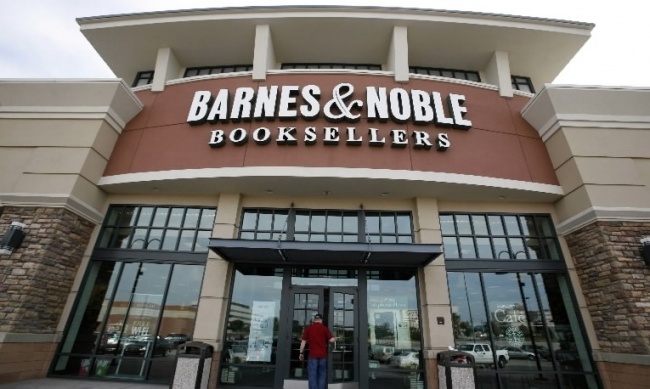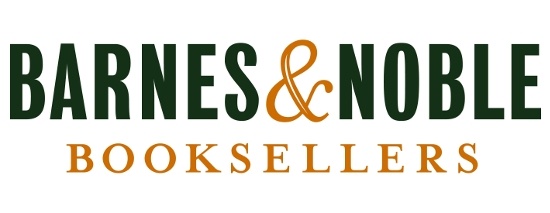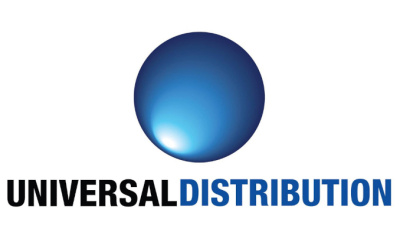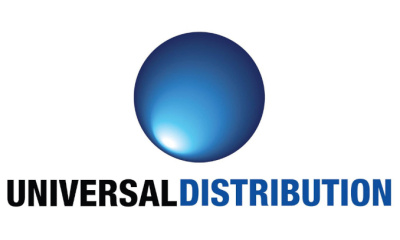Barnes & Noble reported a 6.1% decline in retail sales for the quarter ended July 30, and its sales miss was attributed primarily to lower store traffic, and a resulting decline in book sales. "[T]he retail environment is not good at this moment, in fact it’s terrible," CEO Leonard Riggio said on the company’s conference call. "It is one of the worst I have ever experienced in the 50 years I have been in this industry."
Riggio believes that the election year is having a negative impact on retail sales. "I believe the current trend can be traced precisely to the current election cycle, which is unprecedented in terms of the fear, anger and frustration being experienced by the public," he said. "The preoccupation with this election is keeping them in home, glued to their TVs and at their desktops. Retail traffic by any measure and across all segments is close to a historic low point. I get this not from our own observations but in speaking to many of the CEOs of other retail companies."
Later in the call, Riggio indicated that supercenters, in which many Barnes & Noble stores are located, contain other superstore chains (he mentioned Best Buy, Michael’s, Staples, and Home Depot) that are also being pressured by macro trends, with each experiencing less "demand traffic," which "is having a snowball effect on the others."
Riggio also expressed skepticism that independent booksellers were doing better. Asked by an analyst about competing with independent bookstores that were reporting better trends, Riggio demurred. "I just don’t know if we can... say with any certainty that the group of independent stores as a whole are having positive sales," he said. "I doubt that very much."
But the chain’s decline wasn’t all external factors. "[W]e did shoot ourselves in the foot," Riggio admitted, with "unprecedented" inventory returns in the quarter and reductions in the number of booksellers in stores, perhaps decisions that led to the board’s firing of former CEO Ronald Boire last month (see "Barnes & Noble Cans CEO"). "These conditions are being remedied as we speak," Riggio said.
Riggio re-affirmed the company’s plans to create hyper-local merchandise assortments in 50 stores and to test a new store format with restaurants (see "B&N Reports Full Year, Reveals Plans"). But plans to expand art supplies for coloring book customers were not mentioned, perhaps because sales of coloring books and art supplies plateaued in the most recent quarter, after rising steadily.
No mention was made this time of the company’s rapidly expanding space devoted to geek categories, including graphic novels and games.
Barnes & Noble lost $14.4 million from continuing operations in the quarter, up from a $7.8 million loss in the year ago period. The company reduced its sales outlook for the current fiscal year to a low single-digit decline in comparable store sales. B&N shares lost 4.05% of their value in trading on Thursday.

Riggio: 'Worst... in the 50 Years I Have Been in this Industry'
Posted by Milton Griepp on September 9, 2016 @ 1:23 am CT
MORE COMICS
The Acquisition, the Ownership Transition, Coming Changes, Supplier and Retailer Relationships
July 9, 2025
In Part 1, we talk about the acquisition process, the ownership transition, coming changes, and supplier and retailer relationships.
Plans for Comics, Approach to the Market, Handling Preorders, Diamond UK, Other Categories
July 9, 2025
In Part 2, we talk about Universal's plans for comic distribution, its approach to that market, handling preorders, Diamond UK, and other categories.
MORE NEWS
After Our First 24 Years
July 9, 2025
ICv2 has a new address after occupying offices in Madison, Wisconsin for its first 24 years.
Headed for Retail
July 8, 2025
Atomic Mass Games revealed five new Star Wars: Shatterpoint miniatures packs for release into retail








